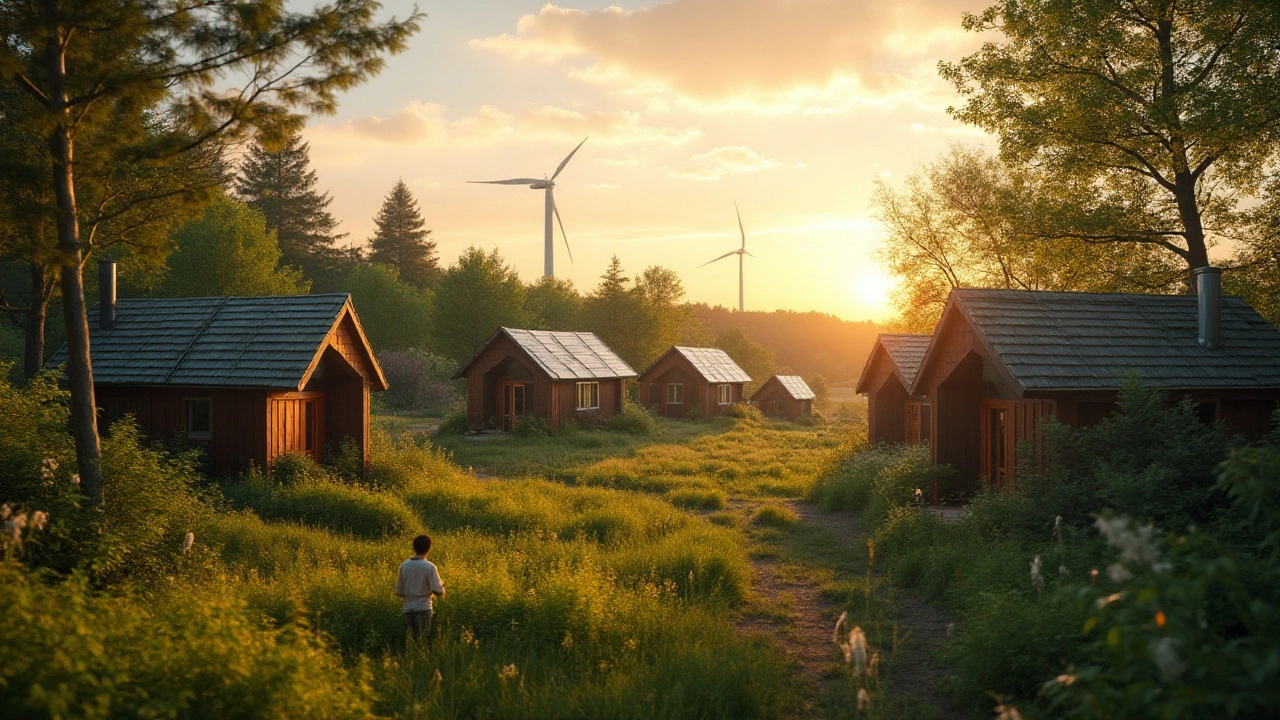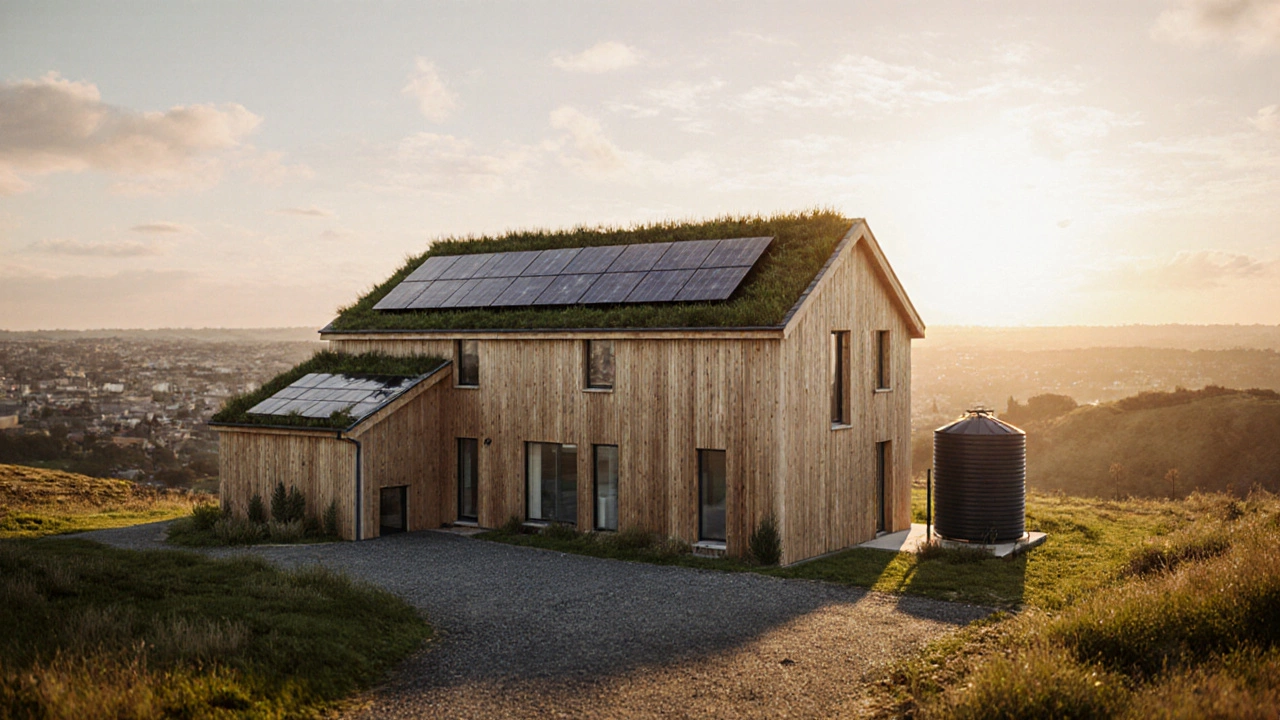
Eco Friendly Living: Practical Tips for a Greener Home
Thinking about a greener lifestyle? You don’t need a massive overhaul or a huge budget. Small changes in how you build, decorate, or even power your home can make a real difference. Below you’ll find straight‑forward ideas that fit into everyday life, plus a quick look at the most common myths around eco homes.
Start with the Basics: Energy and Insulation
The easiest way to cut energy bills is to improve insulation. Seal gaps around doors, windows, and the roof. A good draft‑proofing kit costs less than a night out and can drop heating costs by up to 20 percent. Next, swap old bulbs for LED – they use a fraction of the power and last ten times longer.
If you’re in the market for a new heating system, consider a condensing boiler or a mini‑split heat pump. Both run on less fuel and give you tighter control over temperature zones. The upfront price can look high, but the savings stack up quickly, especially if you combine them with a programmable thermostat.
Choose Materials That Care for the Planet
When you’re building or renovating, ask yourself: “What’s the impact of this material?” Sustainable choices include reclaimed timber, recycled brick, and hempcrete – a bio‑based concrete that traps carbon instead of releasing it. Avoid plastics with high VOC emissions; instead, pick natural paints, wool insulation, or cork flooring.
Even small swaps count. A bamboo cutting board or a cork yoga mat won’t change the world alone, but they keep demand away from resource‑heavy products. Look for certifications like FSC (Forest Stewardship Council) or Cradle‑to‑Cradle to know you’re buying responsibly.
For those dreaming of an eco‑friendly cottage, the same rules apply. Use a solar panel array on the roof, collect rainwater for garden use, and install a small heat‑recovery ventilator. These features not only lower your carbon footprint but also boost comfort – you’ll feel fresher air and steadier indoor temps.
Many people think eco homes are always pricey. In reality, the biggest cost drivers are design flaws, not the green components themselves. A well‑planned, modest‑size cottage can be built for less than a traditional house of the same size, especially if you embrace modular or prefabricated construction.
So, where do you start? Pick one project and see it through. Maybe it’s adding insulation, swapping lighting, or sourcing a recycled timber floor. Celebrate each win – you’re building habits that stick, and every habit adds up to a healthier planet.
Ready to dive deeper? Browse our article list for detailed cost breakdowns, material guides, and real‑world case studies. From tiny houses to luxury cottages, we’ve got the info you need to make smart, green choices without the guesswork.

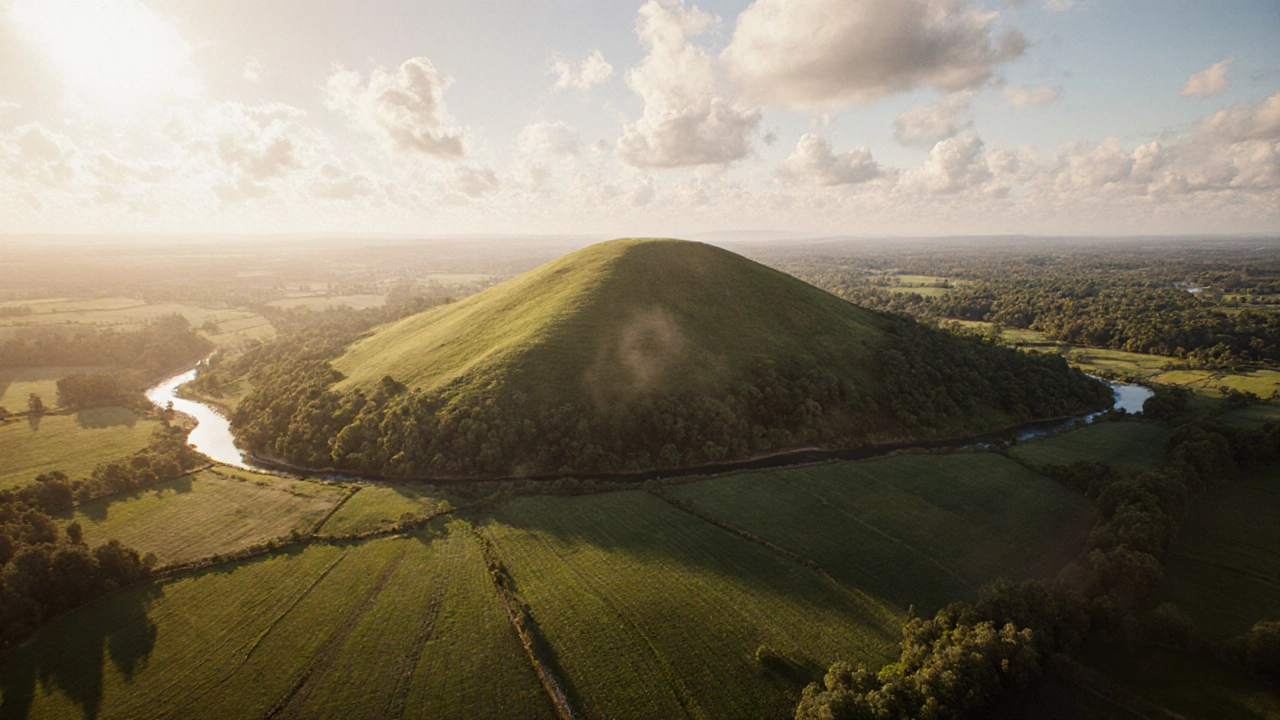
Best Locations to Build an Eco‑Friendly House in 2025
Discover the top climate-friendly regions, incentives, and practical steps to choose the ideal site for building an eco‑friendly house in 2025.
Read More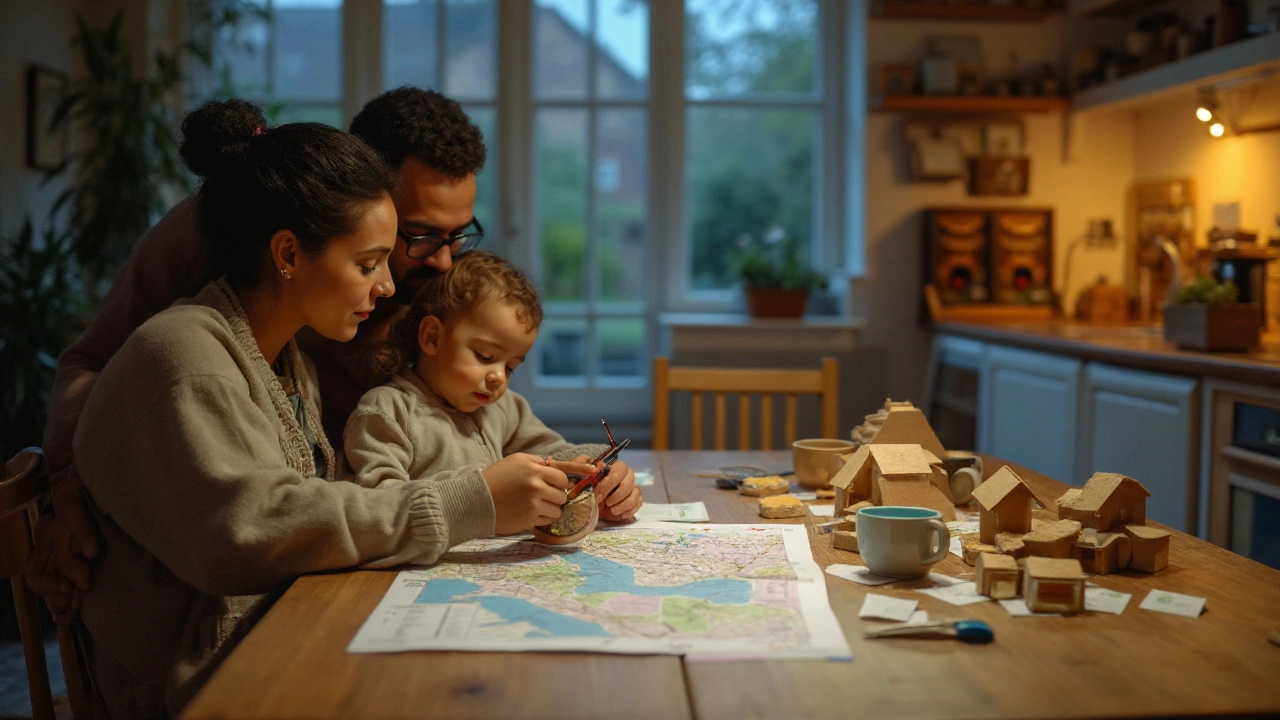
Most Affordable Homes to Build in 2025: Costs, Types, and Smart Trade-offs
Looking for the cheapest home to build in 2025? See real costs by type, quick rules of thumb, and a simple plan to pick the best low-budget build for your site and climate.
Read More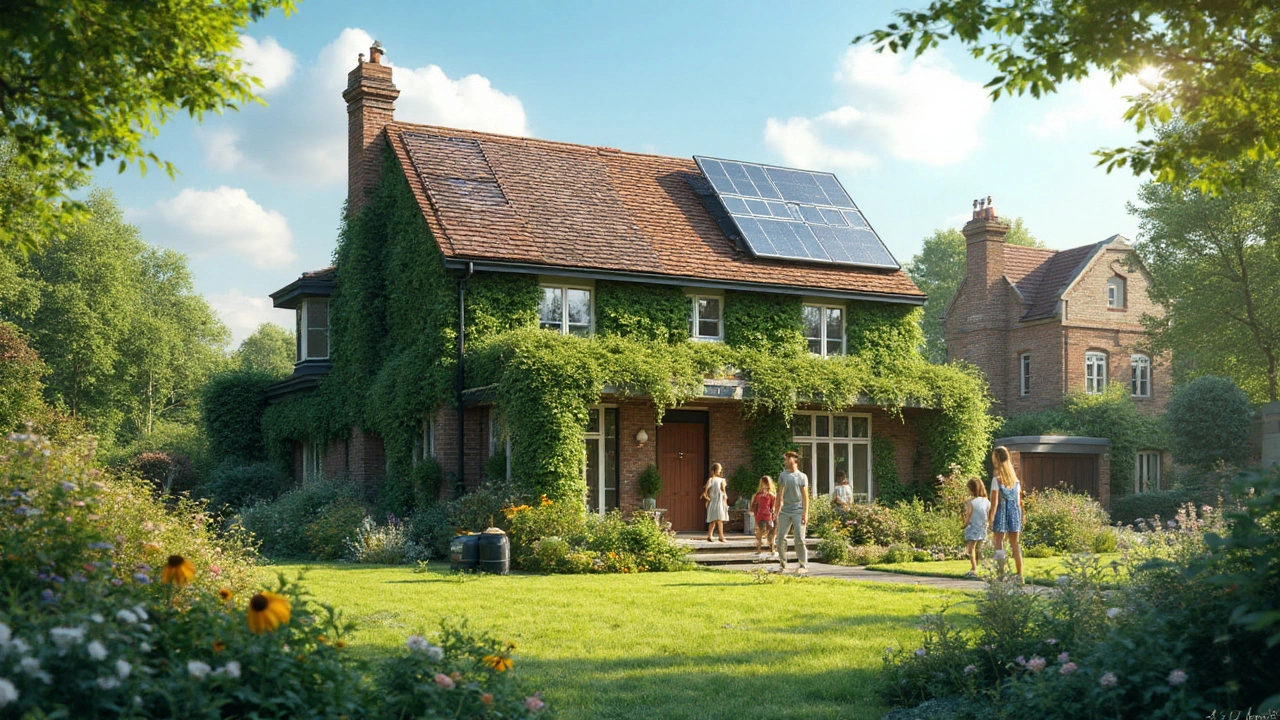
Are Eco Homes Expensive? Real Costs, Savings & Smart Choices
Curious about eco homes costs? Discover if sustainable homes are more expensive, what really drives prices, and how to save money building or buying green.
Read More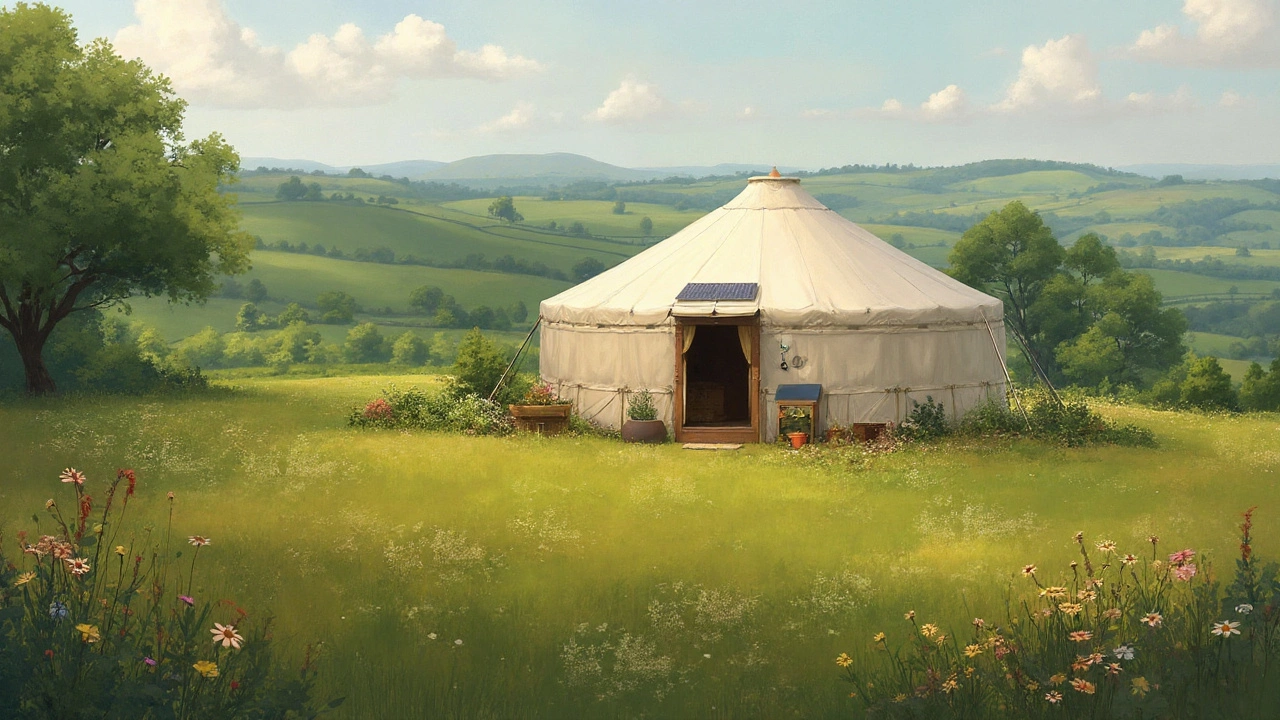
Are Yurts Eco-Friendly? Honest Facts About Green Living in Yurts
Are yurts truly eco-friendly? Dive into how yurts impact the environment, from materials and construction to long-term sustainability and daily living practices.
Read More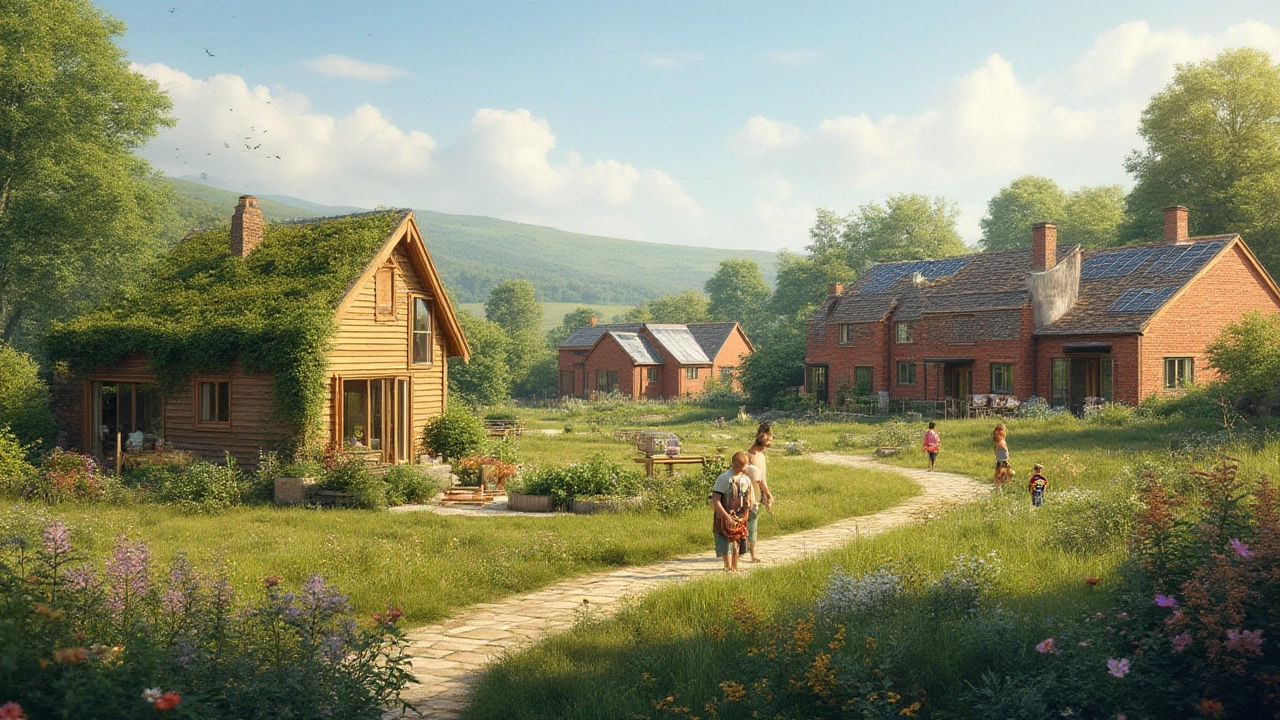
Best Eco-Friendly Homes: Sustainable Housing Types and Tips
Discover the most environmentally friendly types of housing, from tiny homes to earthships. Learn real tips to make your own living space greener and more energy efficient.
Read More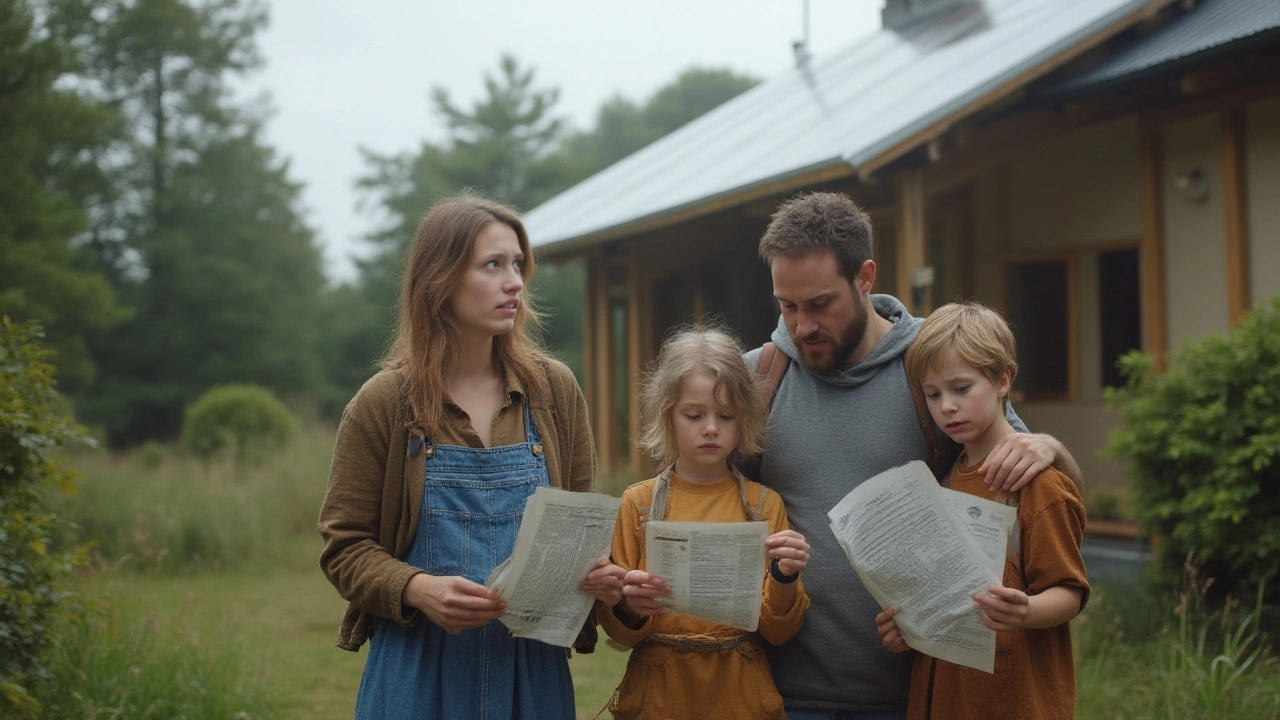
Eco Home Disadvantages: Hidden Costs and Common Pitfalls Explained
Eco homes sound dreamy, but what don’t people tell you? Here’s a look at the downsides, hidden costs, and real-life challenges of sustainable living.
Read More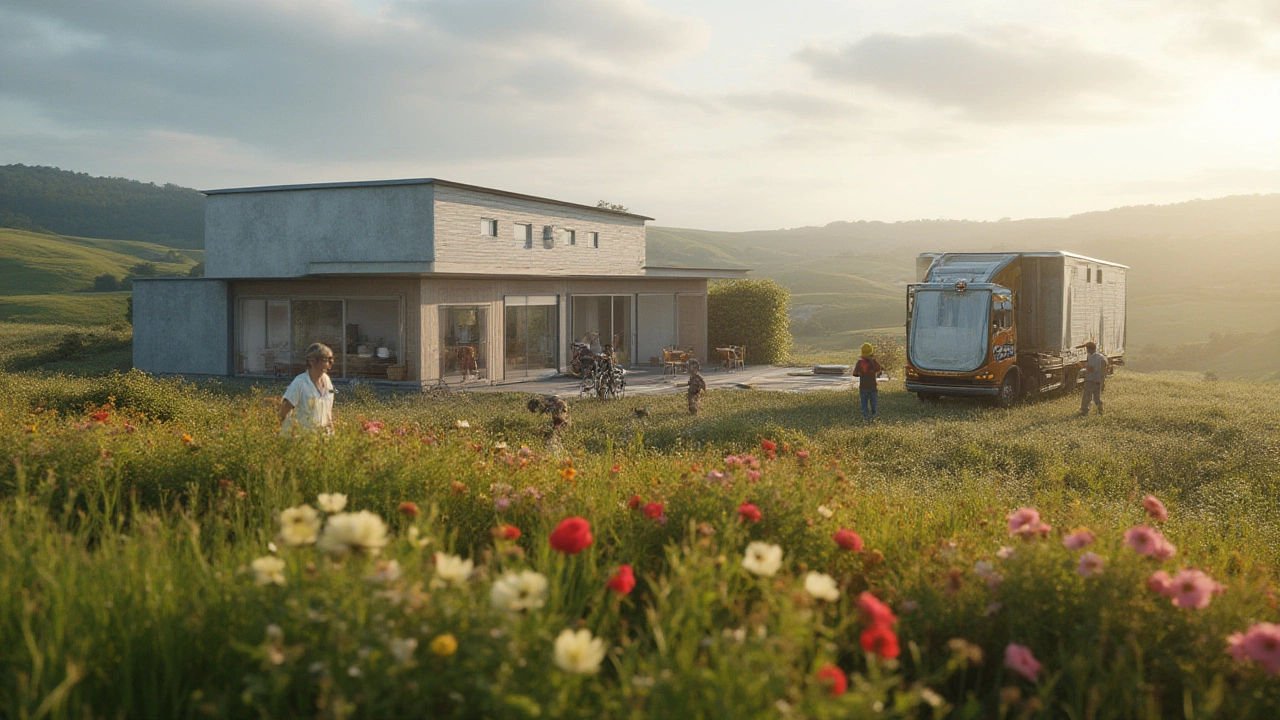
Easiest Houses to Build: Simple, Cost-Effective Home Ideas for 2025
Find out which houses are the easiest to build in 2025, including modern prefab, modular, and traditional DIY options with real facts and handy tips.
Read More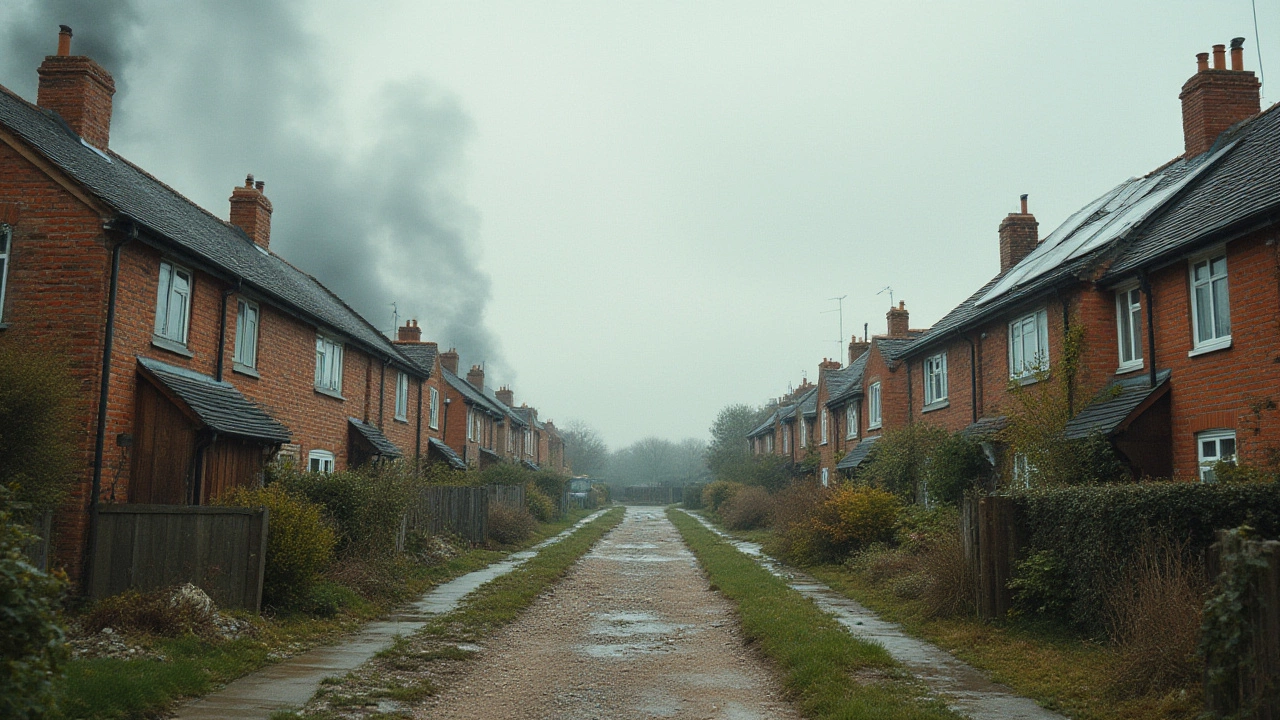
Non Eco-Friendly Building Materials: What to Avoid for a Greener Home
Learn which common building materials are far from eco-friendly, their hidden environmental costs, and which alternatives you can choose for a truly green home.
Read More
Most Environmentally Friendly US States: Green Living, Clean Air & Nature Conservation
Curious about the greenest US state? Discover which state leads in eco-friendly habits, clean energy, and nature protection, plus tips for sustainable living.
Read More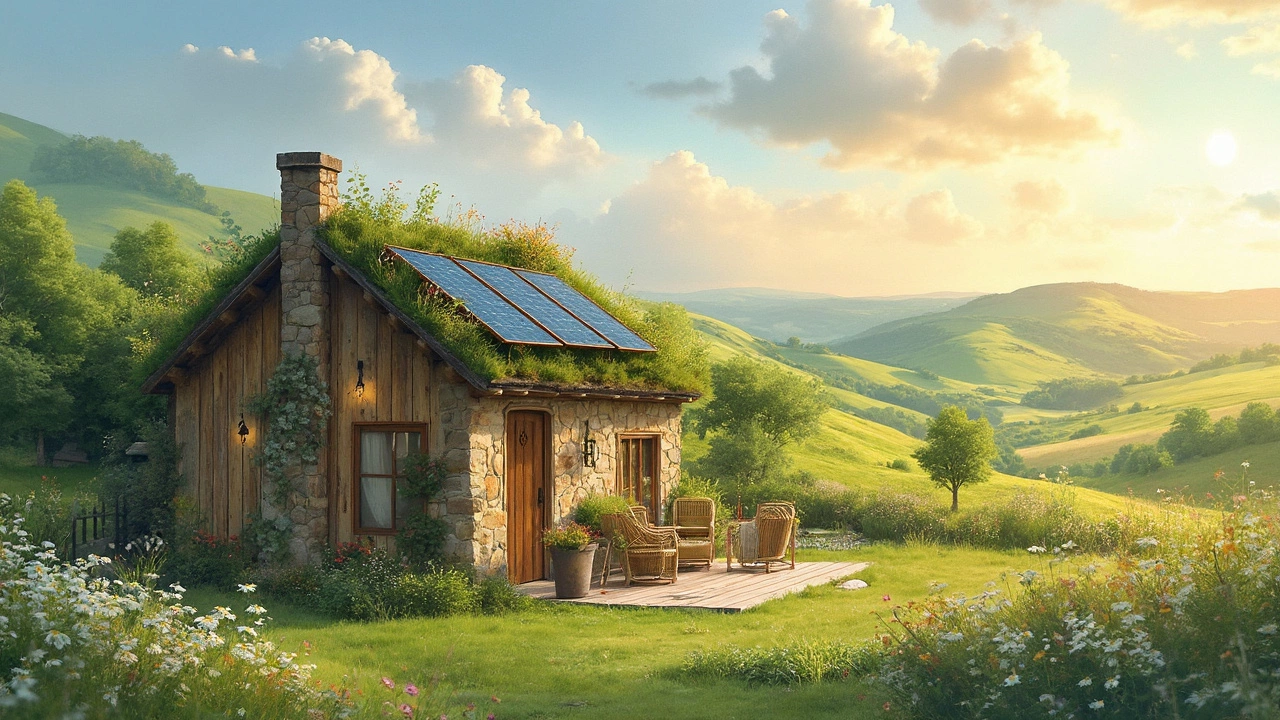
Eco-Friendly Cottages: Building for a Greener Tomorrow
Building sustainably is more than just a trend; it's a necessity for the planet. Eco-friendly cottages offer a fantastic way to combine comfort with environmental responsibility. From using recycled materials to harnessing solar power, there are numerous ways to reduce your carbon footprint. Discover practical tips and innovative ideas to construct cottages that not only look beautiful but also help preserve nature. Let's explore what makes a building truly sustainable.
Read More